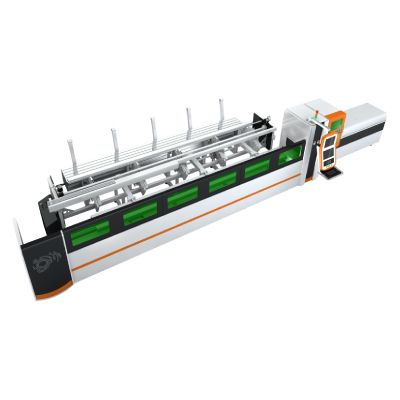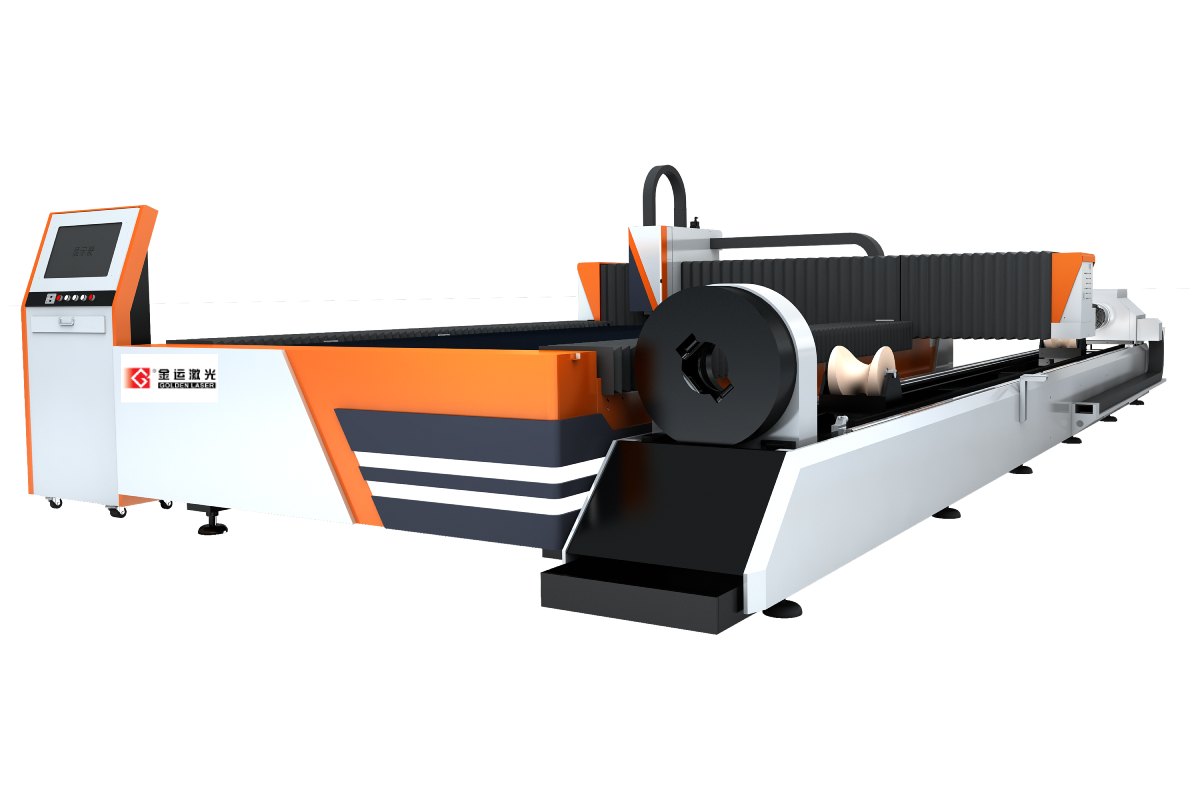In recent years, the demand for composite materials has surged across various industries, from aerospace and automotive to construction and sports. This rise can be attributed to the unique properties these materials offer, such as high strength-to-weight ratios, corrosion resistance, and enhanced durability. However, creating complex shapes and precise cuts from these materials presents significant challenges that traditional machining techniques cannot effectively address. This is where cutting machines for composite materials come into play, transforming how industries handle and fabricate these advanced materials.
Understanding Composite Materials
Before delving into the specifics of cutting machines, it’s crucial to understand what composite materials are. Composites are engineered materials made from two or more constituent materials with significantly different physical or chemical properties. When combined, these materials result in a product that possesses characteristics superior to its individual components. Common examples of composite materials include fiberglass, carbon fiber reinforced polymers (CFRP), reinforced concrete, and wood-plastic composites.
These materials have become integral to sectors requiring lightweight and strong installation components. For instance, in aerospace, the weight of components directly influences fuel efficiency and safety, making composites an essential part of aircraft design. In automotive applications, the drive for fuel-efficient vehicles has led to extensive use of composites to reduce overall vehicle weight, thus improving performance and lowering emissions.
The Role of Cutting Machines in Processing Composites
Cutting composites requires precision and careful consideration, as these materials can be challenging to cut due to their layered structure and potential for delamination. Traditional tools like saws and drills may not provide the necessary accuracy and can lead to surface damage, therefore prompting the need for specialized cutting machines.
Today’s cutting machines for composite materials incorporate advanced technologies such as laser cutting, water jet cutting, and CNC (Computer Numerical Control) routers. Each of these methods offers unique advantages:
1. **Laser Cutting:** This method utilizes highly concentrated laser beams to cut through composites, which allows for very precise cuts and minimal thermal impact on the material. Laser cutting minimizes the risk of delamination, making it ideal for intricate shapes often required in aerospace and automotive applications.
2. **Water Jet Cutting:** This technique employs a concentrated jet of water, sometimes mixed with abrasive materials, to slice through composites without causing heat or introducing stress into the material. Water jet cutting is particularly beneficial for thicker composite materials, offering flexibility and versatility in designs.
3. **CNC Routing:** Computer-controlled routers can cut and shape composite materials with high precision, offering the ability to produce complex geometries that traditional hand tools may struggle with. CNC routers are programmed to follow precise patterns and can work with a variety of composite types.
Advantages of Utilizing Cutting Machines

Revolutionizing Manufacturing: The Importance of Cutting Machines for Composite Materials in Modern Industries
Investing in cutting machines specifically designed for composite materials presents numerous advantages for manufacturers and industries. First and foremost, it enhances product quality by ensuring precision and reducing waste. Precise cuts decrease the likelihood of requiring secondary operations, which improves efficiency and lowers production costs.
Moreover, these machines can handle the diverse range of composite materials currently in use, accommodating various thicknesses and types. This versatility enables manufacturers to be more agile and responsive to market demands, as they can quickly switch between projects without significantly reconfiguring their equipment.

Revolutionizing Manufacturing: The Importance of Cutting Machines for Composite Materials in Modern Industries
Additionally, automated cutting solutions can significantly reduce labor costs and minimize human error. With skilled labor becoming increasingly difficult to find in certain sectors, automation through cutting machines can serve as a practical solution, enhancing production capabilities.

Revolutionizing Manufacturing: The Importance of Cutting Machines for Composite Materials in Modern Industries
Conclusion
The role of cutting machines for composite materials is pivotal in contemporary manufacturing environments. By embracing advanced cutting technologies, industries can maximize the potential of composite materials, driving innovation and efficiency. As the importance of composites continues to grow in various sectors, the demand for precise and effective cutting solutions is likely to rise, further solidifying the position of cutting machines as a cornerstone in modern manufacturing processes. Thus, investing in these tools is not just a matter of keeping pace with competition, but also a strategic move towards enhancing overall productivity and product quality. Raycus Ipg Fiber Laser Cutting Machine



